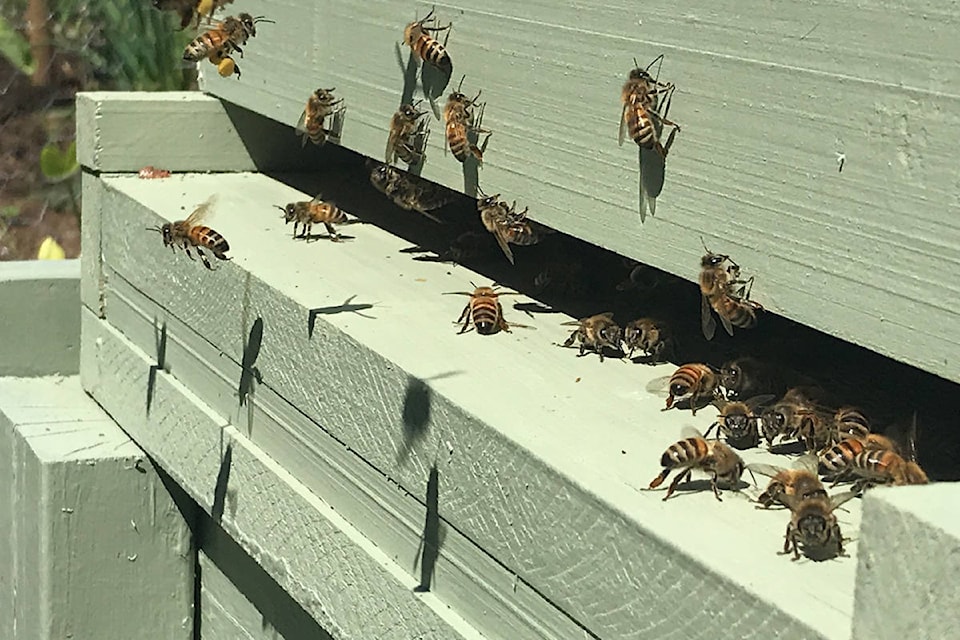Our honeybees have experienced immense change as we near the end of our last nectar flow.
We have witnessed an explosion of population, plenty of pollen/nectar filling the frames and a buzz of activity in our gardens. As the last nectar flow nears its end, our honeybee colonies begin to prepare for the upcoming fall.
As some of you may have noticed, your hives have started to slow down their drone production.
The drone, or male, is an unfertilized egg that the queen produces when the hive is well supported with plenty of food stores and a strong workforce. The drone does not have pollen sacs nor a stinger. This means that they can neither collect pollen/nectar for the colony or provide protection. Their most important job is reproduction.
As the bloom begins to dwindle, the resources become less abundant, and the hive will produce fewer and fewer drones. Unfortunately for the drones, they consume the hives’ winter stores without providing any workforce so putting energy into drone production isn’t necessary at this time of year. If you notice an abundance of drones in your colony, do a thorough inspection. Your queen may not be fertilized anymore and it could be time to replace her prior to winter.
As we near fall we should take a serious look at our mite loads. As our colonies increased during peak nectar flow, there were several frames of capped brood (babies). The capped brood provide an ideal environment for mite reproduction and therefore increase mite loads within our hives at an exponential rate.
I would suggest doing a mite check with icing sugar and approximately 300 honeybees to get a more accurate handle on the mite population. If you have a mite problem, I would suggest researching treatments. Mites are vectors for viruses such as deformed wing virus (DWV). The mite latches onto the honeybee passing viral loads directly into their bodies. Hives that are devastated by DWV will produce honeybees with wings that do not work, ultimately preventing bees from flying and providing for the colony, and eventually contributing to their demise.
If you need help with mite tests or direction for treatment, you can contact info@homegrownbee for more information.
Rachel Halliwell is a Bee Master Certified beekeeper in the Comox Valley. Her website is www.homegrownbee.ca
